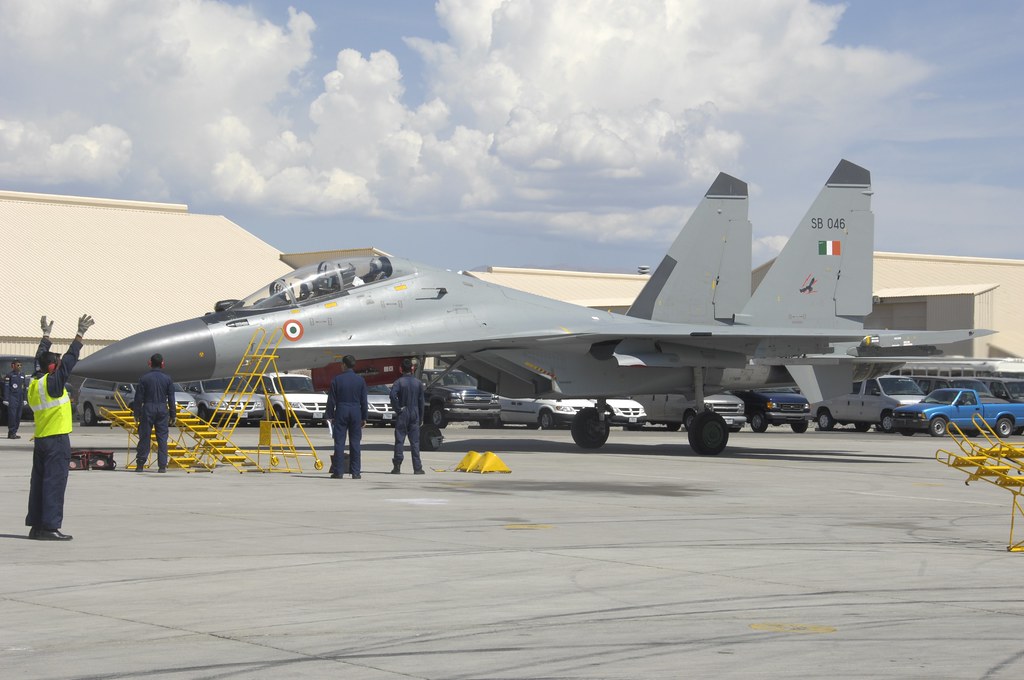
Reports are surfacing from various Russian media channels, including social media, detailing an alleged assault on Russian forces in the temporarily occupied sector of the Kherson region. According to these accounts, the attack was purportedly executed by an F-16C aircraft from the Romanian Air Force.
The alleged sortie is said to have commenced during the late-night hours of Saturday, January 27, 2024, taking off from the 86th Air Force Base. According to the Russian version of events, this Romanian base is situated in close proximity to the city of Constanta. The reported time of the strike is specified as 3:22 am.
Nevertheless, the narrative provided is notably incomplete, as Russian reports have yet to divulge information regarding the armaments employed in the purported attack. Additionally, the means by which the “Romanian fighter” managed to evade Russian air defense systems remains shrouded in mystery.
Key facts emerged on January 29, challenging the Russian assertions. The Ministry of Defense of Romania promptly debunked the claims, highlighting three critical points. First and foremost, the geographical error in the Russian reports identified the 86th air base of the Romanian Air Force not in Constanta but in the vicinity of the city of Borca. The second point addressed the equipment, clarifying that the Romanian Air Force operates F-16s of the A/B modification, upgraded to meet the MLU 5.2 and MLU 6.5 standards, not F-16C modifications. Lastly, the timing discrepancy was exposed, as the purported flight times provided by the Russians did not align with any recorded flights of Romania’s F-16 aircraft during the specified period.
Occasionally, instances arise where information proves challenging to validate, particularly when originating from unverified sources. A recent case involves data disseminated by certain Russian media outlets in early November, citing the Russian think tank Rybar. According to Rybar, in the early hours of November 3rd, two disassembled F-16s were transported from Poland to Ukraine. The claim further alleges an influx of at least five dismantled F-16 aircraft into Ukraine since the beginning of November, inclusive of the two delivered on November 3rd.
Recently, Rybar shared an update on his novel social media platform, X, formerly known as Twitter. He notified his followers that the much-anticipated shipment had successfully arrived, specifically referring to the delivery of two F-16s transported by truck.
In light of Ukraine’s perspective, validating Rybar’s claims has been a challenging endeavor, and it continues to be so. However, there is now more comprehensive information available about the Ukrainian F-16s compared to a year ago. Notably, the initial cohort of Ukrainian pilots has completed their theoretical and language training in Britain, currently fine-tuning their skills in operating the F-16.
Furthermore, Ukraine, in collaboration with its Western allies, has officially acknowledged its current inability to accommodate the donated F-16s. The reasons cited include a shortage of both trained pilots and the essential facilities required to house the F-16s earmarked for donation.
The process involved is deliberate and methodical. Although the sight of Ukraine’s first operational F-16s soaring overhead would undoubtedly make headlines and send a robust message to the Russian military, the intricacies of the process are often overlooked by many sources. This transition from Soviet-Russian combat aircraft to F-16s for Ukrainian pilots is a comprehensive and time-intensive undertaking. Shifting from one avionic standard to another demands a substantial investment of time.
In addition to retraining pilots, Ukraine faces the formidable challenge of constructing specialized infrastructure to accommodate the incoming F-16s. Undertaking this task in an environment of ongoing conflict adds another layer of complexity and extends the timeline of the operation.




